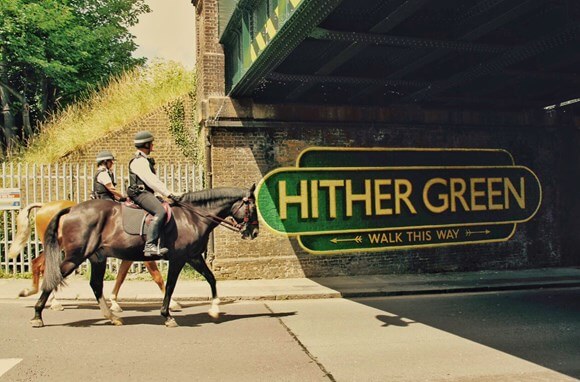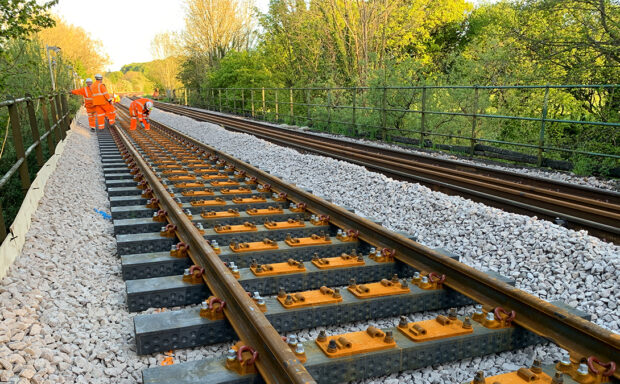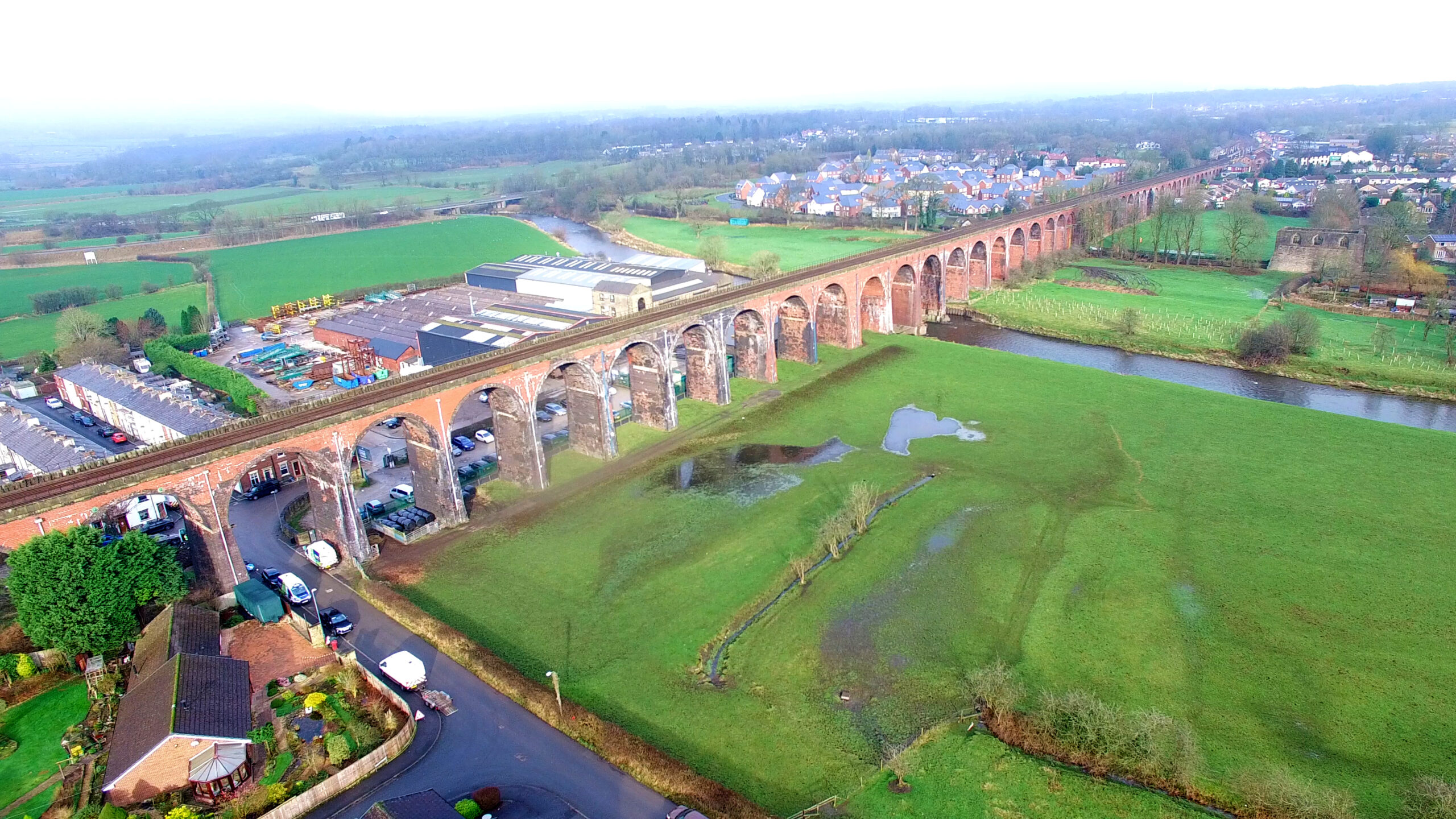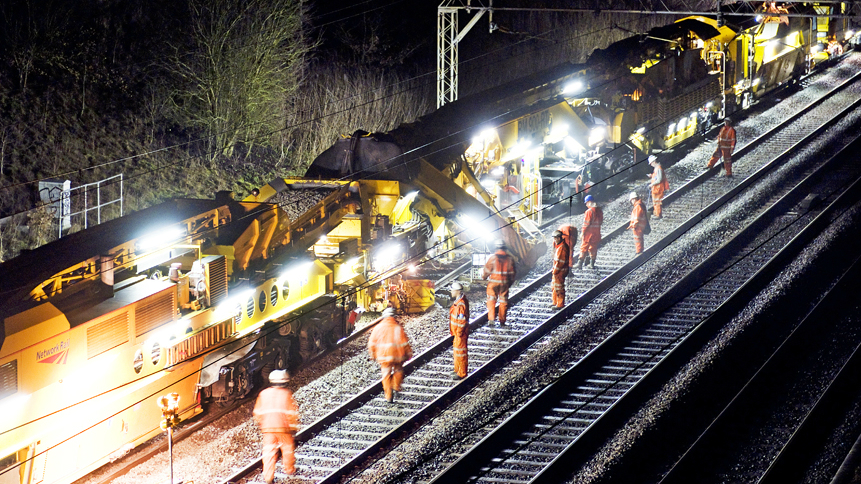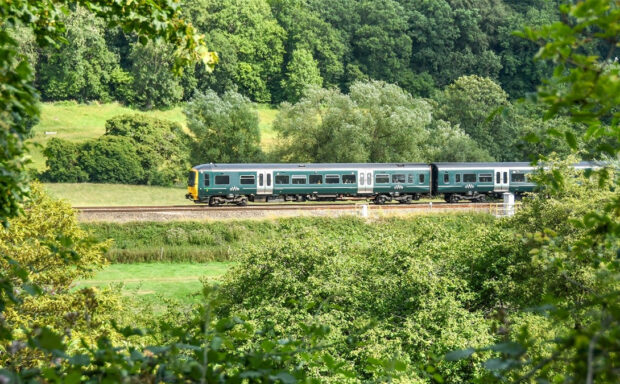Where can you find the country’s only 300kmph railway and the subject of a painting by Claude Monet?
We’ve carried out lots of improvements for your journeys in the Southern region since we launched big plans last summer to bring our people closer to the communities we serve.
How? We’ve split our railway into five regions across Britain so we can work closer with train companies and make decisions faster, with less red tape. Find out more about how this will lead to better services for you.
Southern serves Devon in the West of England to Kent in the East.
It’s made up of:
- our Kent route, which connects London with major towns and cities such as Canterbury, Ashford and Dover
- Network Rail High Speed route – the only 300kmph railway in the country
- our Sussex route, which includes the Brighton Main Line and its branch lines
- the Wessex route, which covers the major commuter area of south-west London as well as from London Waterloo to the south and south-west of England.
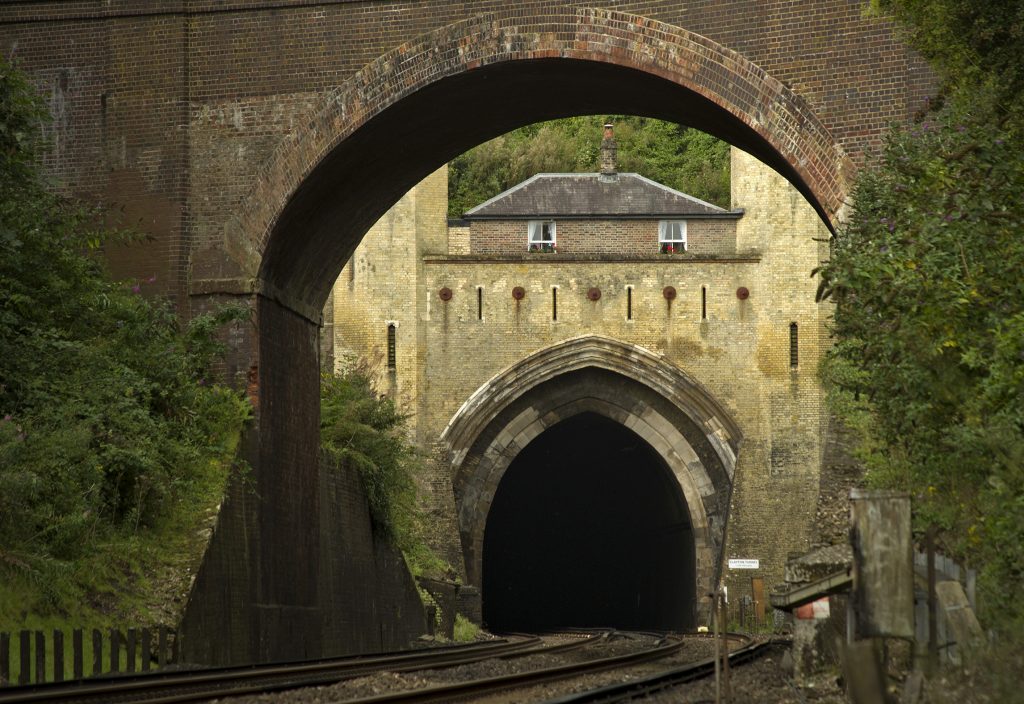
Southern in numbers:
- More than 544 railway stations
- more than 7,000 passenger and freight services each week day in normal times
- 3,300 miles of track
- 4,986 bridges
- 895 level crossings
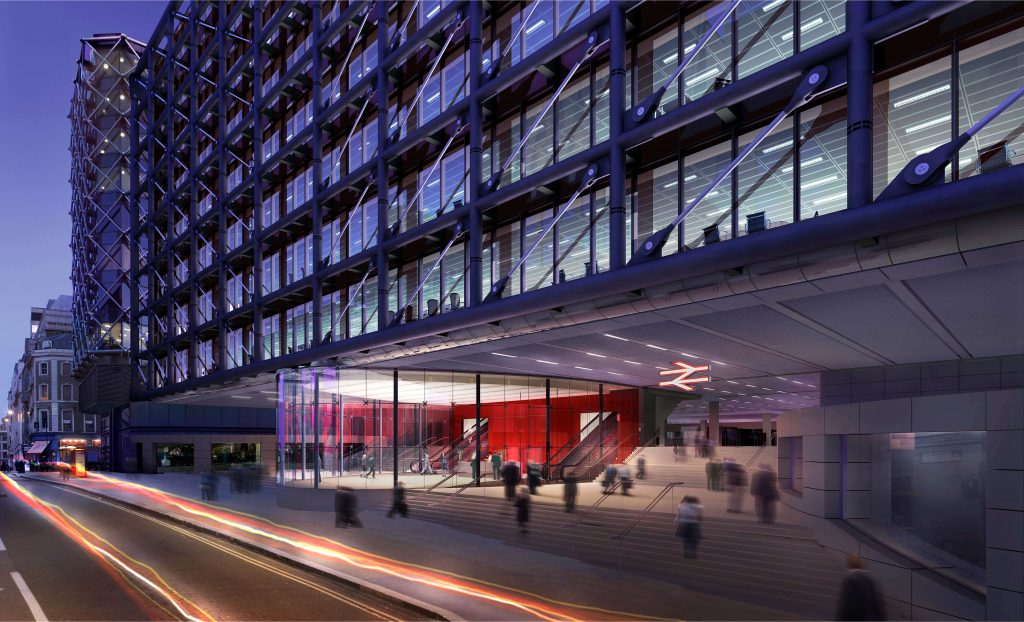
- The Architecture the Railways Built – London St Pancras International
- The Architecture the Railways Built – interview with presenter Tim Dunn
Essential upgrades for you
What are we doing in this region to create more space on the railway, improve journey times and enhance facilities for customers? A lot. Here are just some of our current projects …
South East Upgrade
We’re investing a record £1.25bn to upgrade track, signalling, embankments, structures, stations and depots to give passengers in Kent and South East London better journeys, with fewer delays.
We’ll invest a quarter of a billion pounds to improve Lewisham station and the track and signalling through the area, as well as another billion-pound investment to upgrade the network in Kent and South East London.
The funding will tackle decades of under investment in the Kent network, replacing ageing equipment with new and more reliable technology to support improving train performance and keeping people moving for decades to come:
Better signals for Hither Green
The Hither Green resignalling project – huge improvements to the signalling system in this part of south-east London – is one of our recently completed projects within the South East Upgrade.
The new, more reliable signalling system on the Sidcup, Grove Park and Bromley North lines through Hither Green came into use in the summer after two years of work.
The old signalling system, which controlled the movement of trains on the lines through Hither Green, had been in place since the 1970s. It was old, unreliable, difficult to maintain and source spare parts.
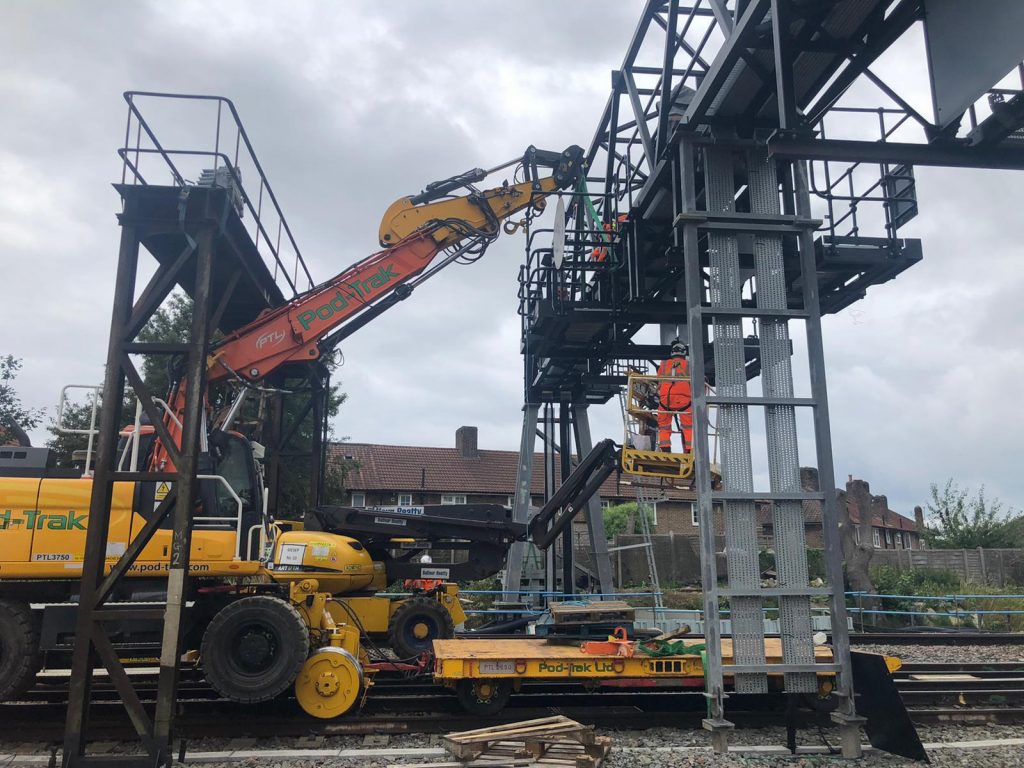
The new system will mean fewer faults, fewer delays and better journeys for passengers through not just Hither Green, but into Lewisham, Central London and on into Kent.
Bigger, brighter station at Gatwick Airport
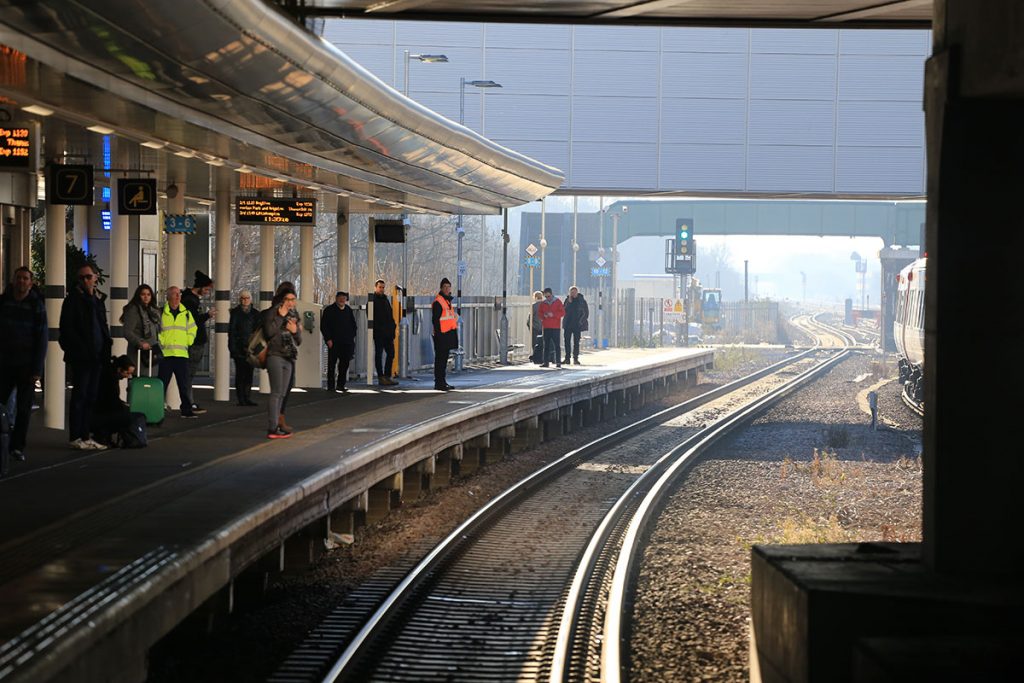
We started building work at the railway station at Gatwick Airport in November. We’re giving you a bigger and brighter station with improed accessibility by 2023.
As part of the £150m project, we’re rebuilding platforms five and six. They will reopen – wider than before – in May 2022.
In the meantime, we’ve started building the new concourse, which will sit over platforms five, six and seven and act as a new link for passengers changing trains at the station. The existing concourse will remain but will be substantially remodelled over the next three years.
Upgrading the Brighton Main Line
We’re giving you more reliable, more frequent and faster services on the Brighton Main Line and its branches.
These lines are among the busiest and most congested in Britain, carrying 1,700 trains and 300,000 passengers every weekday in normal times.
Passengers using the Brighton Main Line benefit from fast and frequent services to a wide range of destinations. However, in recent years, reliability has fallen below you customers deserve.
Historic under-investment and the rebuild of London Bridge have contributed to poor service in recent years. However, complex railway layout and bottlenecks, particularly at Croydon, mean that without significant investment, performance will not improve to acceptable levels. It also means that we won’t be able to run the additional trains needed to meet future passenger demand.
Read more about the Brighton Main Line improvements.
Did you know?
- The Hungerford Bridge, which runs over the River Thames and into London Charing Cross station is the subject of a painting by Claude Monet.
- The name of London Cannon Street station and Cannon Street itself is not derived from the armament but from the term ‘Candelwykestrete’ which means ‘makers of candles’.
- London Waterloo provided the terminus of the London Necropolis Company. Opened in 1854, the small, private station was designed to accommodate mourners and hold funeral services before coffins were transported for burial at Brookwood Cemetery in Surrey.
- The original station building was demolished in 1902 to make way for the expansion of Waterloo; its successor was destroyed during an air raid in 1941 and never rebuilt.
- The construction of the line and station at what is now London St Pancras International required the demolition and clearance of many properties, including the old St Pancras burial ground. A young Thomas Hardy, before finding fame as an author was employed to oversee the excavation and re-internment of the bodies.
